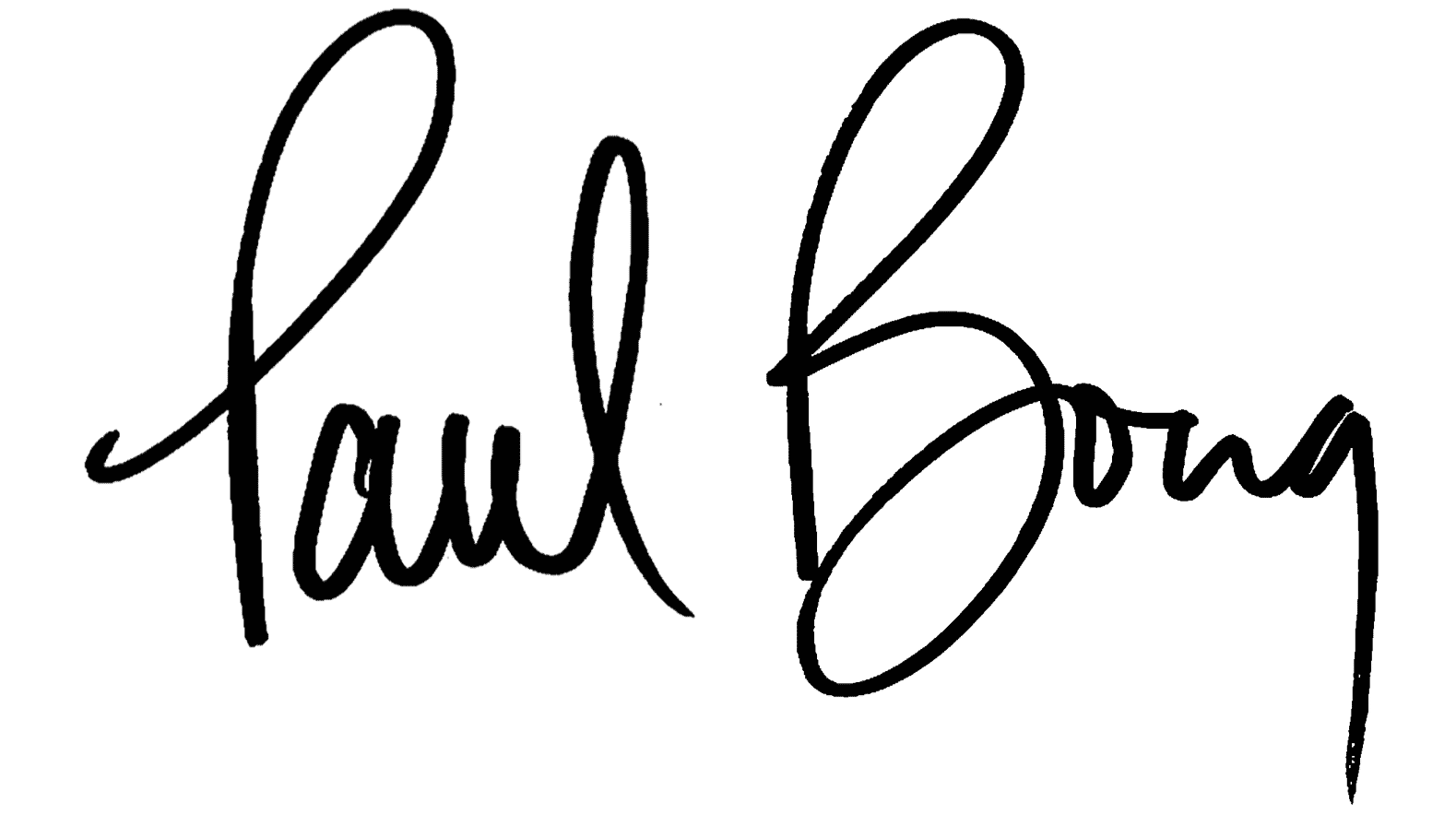Hey all.
I’ve been working on preparing the user research and testing workshop for the end of this month, so I’ve been thinking a lot about testing’s role in design.
I know that some designers are resistant to testing, and understandably so. Ridiculous examples like Google’s decision to test dozens of shades of blue set a poor precedent for how testing should be used in design. It undermines rather than supports designers’ roles.
Testing should support designers not undermine them
Most designers know their shit. They know what works and what doesn’t. They know when to push the boundaries and when to be more conservative. Testing exists to deepen those insights, not challenge them. Yes, testing can occasionally contradict what a designer proposes, but in most cases, it backs it up. Testing can be invaluable to designers in convincing stakeholders that the designer knows what they are doing.
Testing can secure stakeholder signoff
One example is the classic “design mockup.” A single screen, often the homepage, is mocked up in high-fidelity to sell the stakeholder on a design direction.
Setting aside how helpful such mockups are, testing these mockups before you show them to stakeholders can avoid a world of misery.
Presenting design mockups to stakeholders leads to many designers being stuck in iteration hell. They are forced to justify everything from the size and position of the logo to the choice of color. However, testing can cut through all of that.
What to test when testing a high-fidelity mockup
In my upcoming workshop, I propose three simple tests you can run on any design mockup using an app called Lysnna. These tests can address stakeholder questions like:
- Will users like it?
- Do users understand it?
- Will users spot it?
- Will users know how to use it?
No more debates about whether the logo is big enough or whether users will like the color scheme. By testing, you can cut through all of that and prove that the designer knows what they are talking about.
How to test your mockup
So, what are these three magic tests? Well, I actually covered them in a post I wrote all the way back in 2017. They are:
- A semantic differential survey where you ask users to assess a design against a list of brand keywords. If the user associates the design with the chosen keywords, you know the design has gone in the right direction.
- A 5-second test where you show users your design for 5 seconds and ask what they recall and what the site is about. This is a great way of easily identifying whether users “get” what the website is about and what draws their attention.
- Finally there is the first-click test. In this test we ask users were they would click to complete critical business tasks. If users confidently click in the right place then you know your design is easy to use.
Get results in under an hour
What makes these tests so good is that they can be set up in a couple of minutes, and participants can complete them in about the same time. This means that you can normally get results in under an hour if you have people ready to respond. If you don’t, then you can always use a platform like Askable to provide participants for you for as little as £1.20 per person.
By using the free tier of Lyssna this all means you can get hard data to show stakeholders for under £10! That is a bargain compared to the hours of meetings and rework that often come with design. Heck, that is worth paying out of your own pocket!
Testing is faster and cheaper
Testing is faster and cheaper than discussing a design with stakeholders. So, it’s madness not to test. It will also help earn the respect that most designers deserve.
If you like this kind of lightweight testing that validates your role as a designer, then I encourage you to join me for my upcoming workshop. I will dive into these testing techniques and many other approaches. Drop me an email to learn more and grab your seat.


